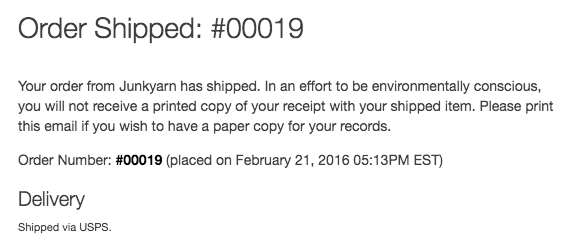

/en/internetsafety/how-to-avoid-malware/content/
Online shopping is a convenient way to buy almost anything from the comfort of your home. And while there are some risks with shopping online, there are also many ways to protect yourself and your financial information.
Watch the video below to learn more about staying safe when shopping online.
To protect sensitive information like credit card numbers, you'll want to shop from your home Internet connection if possible. Try to avoid shopping when connected to a public Wi-Fi network or when using a public computer, such as a library computer. Public computers and Wi-Fi networks are at a slightly greater risk for hacking, which could put your information at risk.
Many websites will display a lock symbol in the address bar. This is most commonly seen on the payment page of an online store. This means the website is using an HTTPS connection, which makes it safe to enter your information.

You won't see this symbol on every page of an online store, and that's OK—not all pages really need this extra layer of security. However, you should avoid entering your credit card number or other financial information if you don't see this symbol.
Anyone can set up a shop online, so it's important to research a company or seller before buying from the site. Make sure the business has a physical address and phone number you can contact if there's a problem. You can also check for reviews on sites like Yelp and Google.

Credit cards are generally the safest way to pay for items online. Avoid options like direct wire transfer, bank transfers, or sending cash or checks through the mail. And if you don't like the idea of giving your credit card information to different retailers, you could try an online payment service like PayPal or Google Wallet. Check out our What is PayPal? lesson to learn more.

Always save records of your online transactions, which should include the receipt, order number, product description, and price. You will also want to save any emails you send or receive from a seller, which may come in handy if there's a problem later on.

In the end, use your common sense and trust your instincts. If a deal seems too good to be true, it probably is. And if anything seems suspicious, remember that you don't have make the purchase.
/en/internetsafety/understanding-browser-tracking/content/